Note: A detailed course curriculum is outlined in the Prospectus.
Basic Business Skills (home study)

A home study course in which you will learn how to set up your business, including what business type you wish to be, basic accounting practices and awareness of tax law, insurance, contract law, marketing and writing a business plan.
Introduction to Equine Podiatry
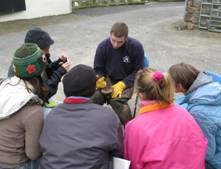
This is an online study module which gives you a chance to appreciate what Equine Podiatry is all about, learn the basics of hoof anatomy and function and understand current legislation, learn about the evolution of the horse and the history of hoofcare.
Science
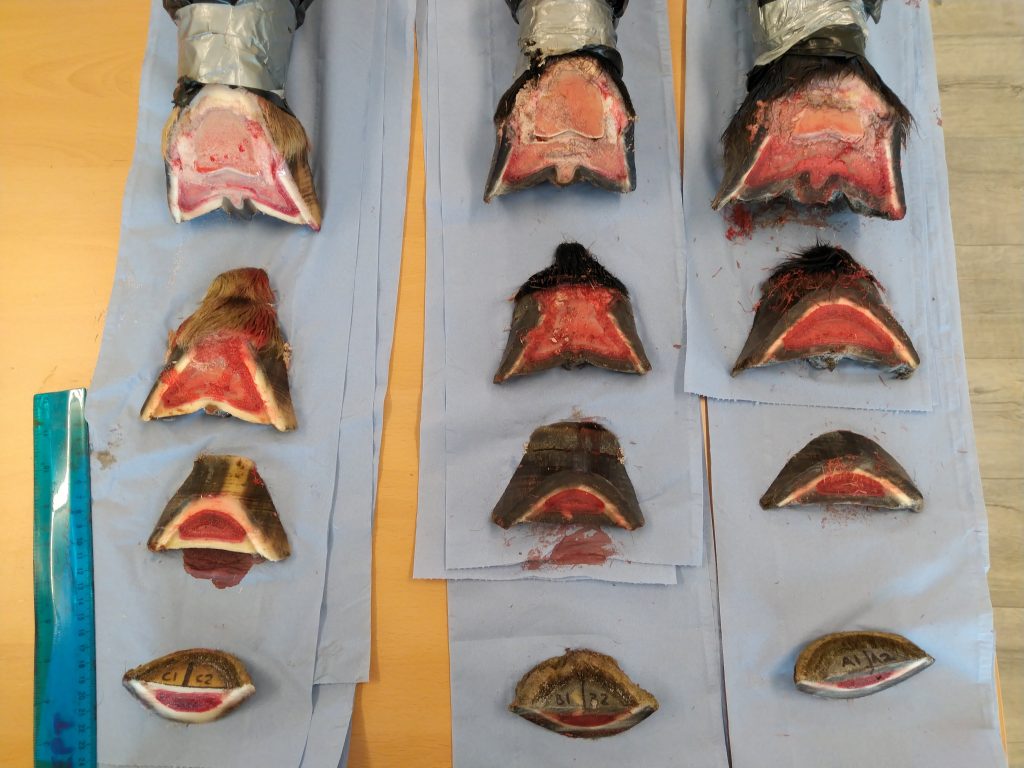
A chance to understand what science is all about. How to evaluate research papers and determine if they are of significance, how to understand how scientific models work, evaluating whether methodology is appropriate, the importance of statistics and common scientific mistakes.
Anatomy and Physiology 1
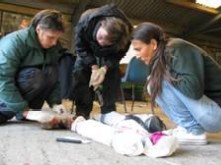
A lot of this subject will be studied online, although you will also meet up to dissect a leg and carry out some research into hoof anatomy. You will start by learning how the horse’s body works because this is key to understanding what happens when the hooves go wrong. You will then learn in much more detail about the anatomy and function of the hoof and lower leg including growth and healing mechanisms, circulation, nerves, tendons, ligaments and a whole lot more.
Assessment
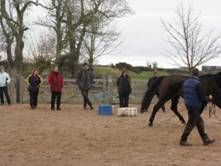
This module will consist mainly of online study, with a one-day course to look at horses with a variety of lamenesses and gait abnormalities. You will learn about veterinary disease terminology relating to lameness, how veterinary diagnostics such as x-rays, MRI scans and nerve blocks work and how to interpret them. You will also learn how to work alongside a vet, how to assess gait and spot lameness and how to carry out assessments of your own including hoof testers, digital pulse assessment, footfall analysis, etc.
Nutrition and Environment
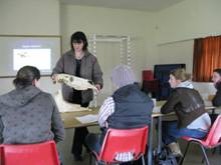
This module is delivered online. You will learn the basics of equine nutrition from Independent Equine Nutritionist Clare MacLeod including latest research on what nutrients have been found to help hoof growth. Understand how the environment shapes hooves including hoof hydration, infection and the use of different surfaces for hoof conditioning. You will also learn about different hoof boots, how to fit them and how to choose the right one for the horse concerned.
Stage 1 Exam

This is a theory only, written exam which recaps everything you have learned so far and satisfies the lecturers that you are ready to move on.
Trimming 1
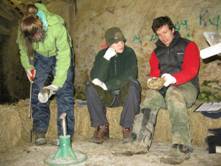
This is a 5-day practical course which will introduce you to the theory and practice of trimming. How to balance a hoof, how to safely use your tools, removing shoes, health and safety considerations. Every cadaver foot you trim will be dissected and measured afterwards to see how accurately you are balancing your hooves. The student : teacher ratio on this course is 4 : 1 to make sure you get plenty of individual tuition.
Equine Behaviour
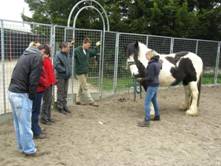
A 3-day practical course where Ben Hart will teach you about equine psychology and handling enabling you to work safely and effectively with horses and their handlers. You will understand behaviour and training techniques so that you can apply them when trimming horses.
Trimming 2
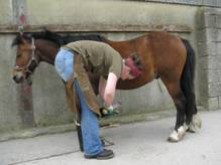
A chance to practice your trimming and handling skills on live horses. You will be heavily supervised as you practice trimming live horses and donkeys including how to conduct a complete consultation from assessment, gait analysis, hoof analysis, trimming and handling, photographing hooves, keeping notes and making recommendations. There is also some home study on professionalism.
Stage 2 Exam
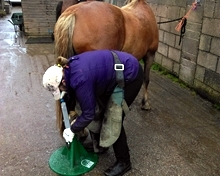
A practical exam which is aimed at assessing your skills to decide if you are ready to begin your mentored case studies.
Laminitis
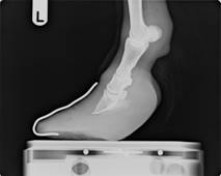
One of the most common, yet serious hoof conditions you will have to deal with as an EP. This online course will explain how to recognise the condition, tried and tested methods hoof rehabilitation, using x-rays to balance a laminitic hoof, use of hoof boots and other therapeutic aids, preventative measures and current thinking on how the condition is caused. It will also include some information from Clare Burrows, grassland ecologist, who will discuss pasture management.
Pathology
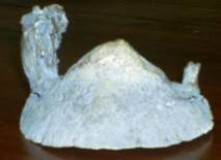
This intensive course will guide you through a whole host of hoof pathologies that can affect soundness. It will include potential causes, effective, proven methods of treatment, how to recognise when a pathology requires veterinary attention, how to work alongside the vet and how to prevent the pathology returning. You will also get a chance to carry out some practical work on pathological cadaver feet.
Awareness of Farriery
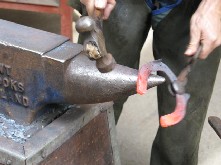
You will spend a day with a senior training farrier who will guide you through the philosophy and practical application of farriery, including how remedial farriery is used to treat hoof pathologies. He will then demonstrate how to shoe a horse starting with a straight iron bar and finishing with a beautifully crafted and fitted shoe. He will also demonstrate effective shoe removal techniques.
Anatomy & Physiology 2
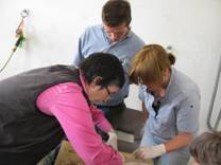
Helen Davies, senior lecturer in Equine Anatomy at Melbourne University in Australia provides more in-depth information on functional anatomy, updates you on her latest hoof research projects, introduces you to the principles of soft tissue tone and how it affects posture, discusses locomotion and gives you an overview of some of the hoof-related studies she has been involved in through the years. This is an online study module, although you will also get another chance to dissect a leg. In addition, Richard Vialls will discuss via video the latest research on endocrinology and he will also talk about posture and collection.
Case Studies
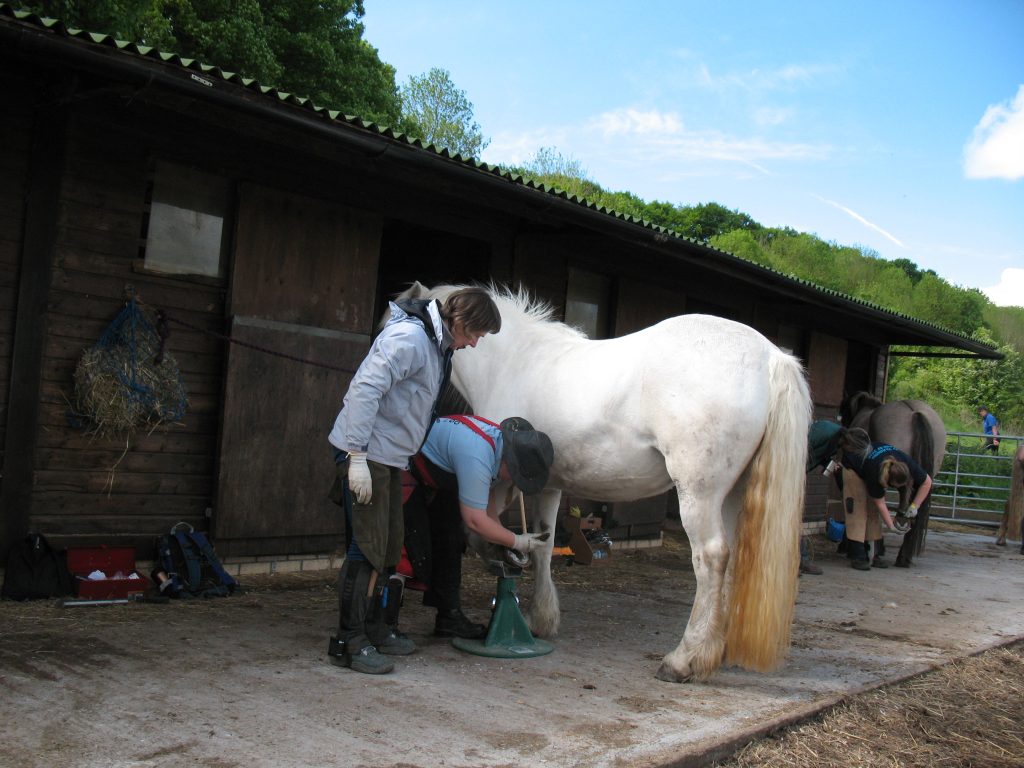
In the second year of the course, you will undertake two sets of case studies, each set lasting approximately 6 months. The first set are straightforward cases and are aimed at developing your core skills as an EP (assessment, trimming, record keeping, professionalism, etc.). The second set are more complex cases and are aimed at developing more advanced skills such as the management of laminitis cases. You will be supervised by an experienced, qualified EP as a mentor who will provide as much support and guidance as you need for the duration of the case studies.
Shadowing
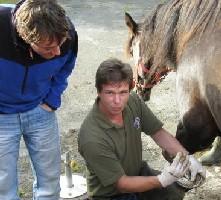
During the course you will spend six days shadowing experienced EPs so as to observe how an EP works in a real-life practice. By observing how different EPs tackle real life situations you will be better prepared for your case studies and ultimately for working as a qualified EP.
Final Exam (over 2 days)
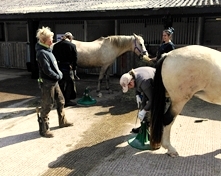
The final exam is split into four parts:
- A three hour written theory exam
- A 30 minute video exam on gait analysis
- A half hour practical exam on a pathological hoof
- A two hour practical consultation exam
